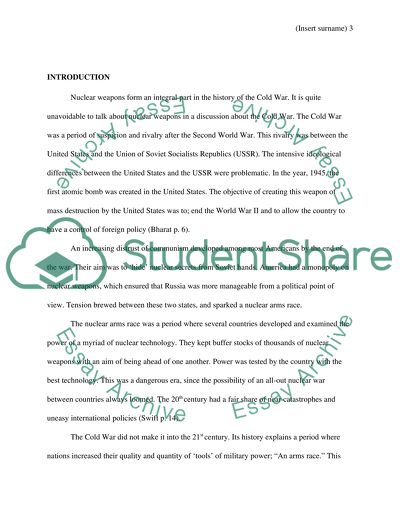Cite this document
(“Nuclear arms race during the Cold War Research Paper”, n.d.)
Retrieved from https://studentshare.org/social-science/1645405-nuclear-arms-race-during-the-cold-war
Retrieved from https://studentshare.org/social-science/1645405-nuclear-arms-race-during-the-cold-war
(Nuclear Arms Race During the Cold War Research Paper)
https://studentshare.org/social-science/1645405-nuclear-arms-race-during-the-cold-war.
https://studentshare.org/social-science/1645405-nuclear-arms-race-during-the-cold-war.
“Nuclear Arms Race During the Cold War Research Paper”, n.d. https://studentshare.org/social-science/1645405-nuclear-arms-race-during-the-cold-war.


